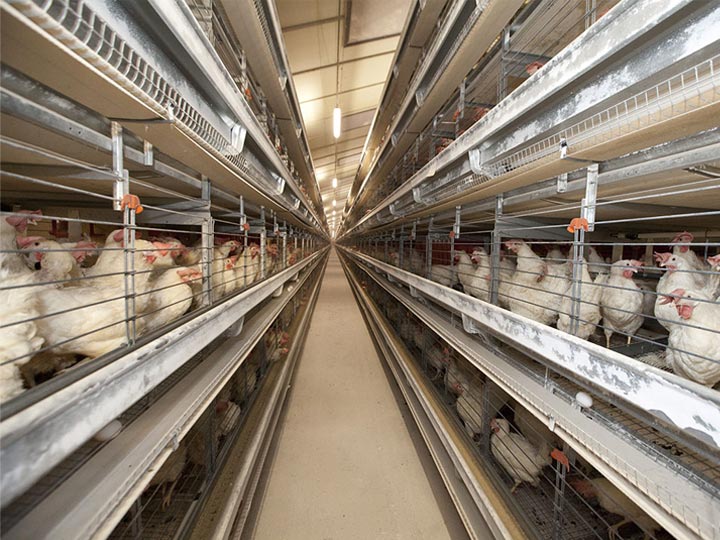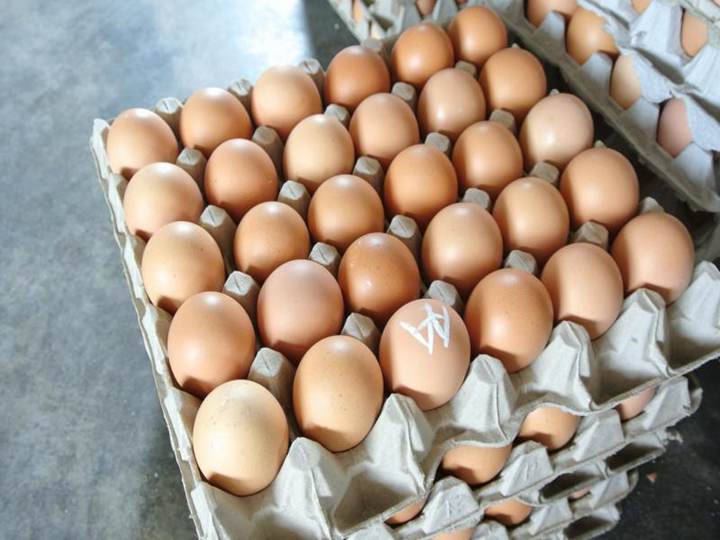The New Zealand egg shortage brought new challenges
At a supermarket in New Zealand, customers are limited in the number of fresh eggs they can buy, even as shelves are empty in many locations.
According to those in the know, as the ban on caged chickens in New Zealand went into effect, more than 75 percent of New Zealand’s chicken farmers, had to change their farming methods or stop raising chickens. This led to a reduction of about 700,000 hens in the commercial flock, as well as a rapid decline in egg numbers.

The end of the cage system, combined with Covid, and the rising cost of food due to the war in Ukraine, all came together and the price of eggs became very high.
Commercial bakers are feeling the pinch as a nationwide shortage of eggs in New Zealand has led to higher wholesale prices for the key ingredient. Says one person in the baking industry, “Our egg prices rose sharply in August and November this year due to the epidemic and the war, and now they are rising again due to the egg shortage.”


Without sufficient eggs, there is no way to make pavlovas, the classic pastry dessert, and a variety of other cakes and desserts. This has hit New Zealand’s baking industry hard.
Bakers who make good business choices will continue to succeed despite the challenges of rising raw material costs. Bakers must work smarter, not harder, and they need to determine exactly what the best profitable products are at the moment and focus on that, to discard those that are not profitable in a timely manner.
As the number of eggs decreases, it becomes even more important for the egg tray to protect them. The cushioning effect of paper egg trays is better than that of plastic egg trays, which can effectively reduce the breakage rate of eggs and make the scarce eggs effectively protected.
